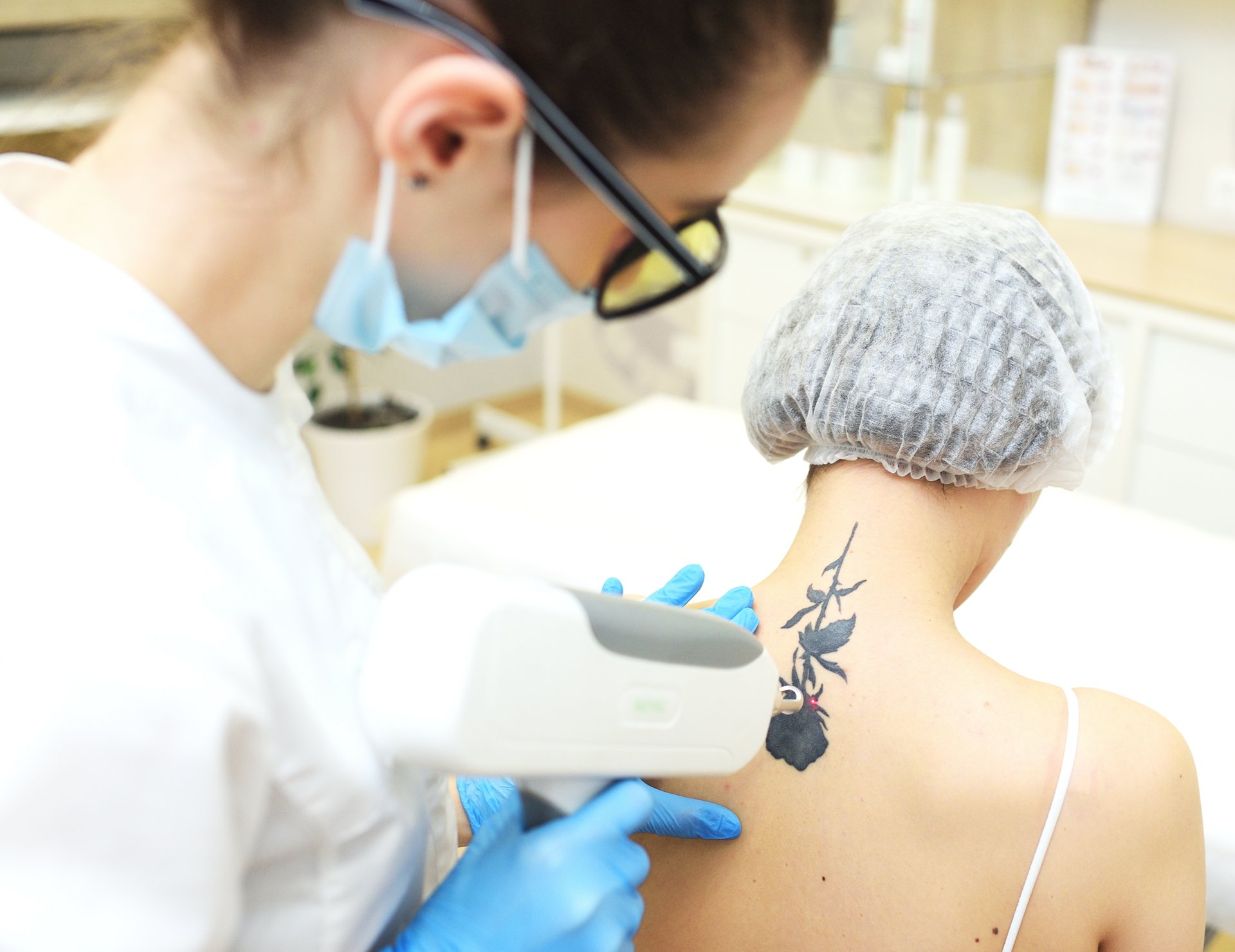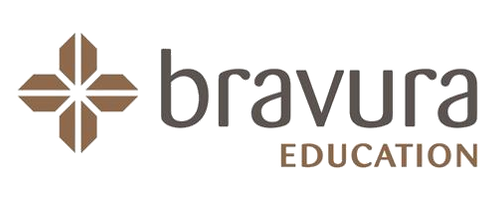
Perfect Pairings: Skin and Laser Courses Done Together
In the rapidly evolving world of cosmetic medicine, the integration of laser technology has revolutionised aesthetic clinic services, offering innovative solutions for laser hair removal, tattoo removal, skin rejuvenation treatments, and scar reduction treatments.
For practitioners aiming to excel in this sophisticated field, a deep understanding of laser safety protocols and skin anatomy physiology is crucial. This is why a Skin Anatomy and Physiology Course stands as the perfect companion for a laser hair removal, laser tattoo removal or Advanced Cosmetic Laser Course (includes hair removal, tattoo removal, pigmentation, redness, resurfacing and rejuvenation), forming a foundational pillar for professional development for practitioners and ensuring comprehensive aesthetic solutions.
Understanding skin anatomy and physiology is not just beneficial but essential for anyone involved in laser treatments. This knowledge underpins the successful application of laser technology advancements, enhancing treatment outcomes while minimising treatment side effects. A Skin Anatomy Physiology Course equips practitioners with crucial insights into the skin's structure and function, enabling them to tailor treatments to individual patient needs, thereby optimising results and patient safety and compliance.
For those specialising in laser hair removal and tattoo removal, the significance of skin health education cannot be overstated. Different skin types react differently to laser treatment, and without a thorough understanding of skin biology and colour, practitioners risk undesirable outcomes, including scarring or pigmentation issues. Laser Safety Officer training, paired with the broader scope of an Advanced Cosmetic Laser Course, emphasises the importance of laser safety protocols, but it's the grasp of skin biology that allows for these protocols to be applied effectively, ensuring patient safety and enhancing the efficacy of treatments.
Furthermore, the integration of post-treatment skincare products into patient care is another area where knowledge of skin anatomy and physiology is invaluable. Recommending the right skin care product recommendations following laser treatments can significantly impact the healing process and the overall success of treatments. A deep dive into skin biology helps practitioners understand how these products interact with the skin, aiding in recovery and enhancing the results of skin rejuvenation treatments.
In the context of professional development for practitioners, the pairing of a Skin Anatomy Physiology Course with any of our Laser Safety Courses represents a holistic approach to education in the field of cosmetic laser treatments. Continuing education for clinicians is a cornerstone of patient safety and high-quality aesthetic clinic services. It ensures that practitioners are not only up to date with the latest laser technology advancements but also with the best practices in post-treatment care and overall skin health management.
Moreover, for those dealing with tattoo regret solutions, the combination of courses enables practitioners to offer safer and more effective removal services. Understanding the layers of the skin and how tattoos interact with these layers is key to effectively breaking down the ink with minimal damage to the surrounding tissue.
As the demand for aesthetic treatments continues to grow, so does the need for comprehensive aesthetic solutions that prioritise patient safety and satisfaction. For practitioners, this means a commitment to continuing education and professional development, with a focus on both the technological and biological aspects of their services. The synergy between a Skin Anatomy Physiology Course and Laser Safety Course provides a robust framework for delivering superior aesthetic clinic services, from laser hair removal, to laser tattoo removal, to skin rejuvenation treatments, all while ensuring the highest standards of patient care and treatment success. This educational path not only signifies a dedication to enhancing treatment outcomes but also to the broader goal of advancing skin health education within the aesthetic industry.
laser training, IPL, LLLT, laser safety course, laser safety training, laser online, laser safety officer certificate, laser safety officer, laser safety officers course, laser hair removal course, laser certificate, laser education, laser tattoo removal course, Brisbane, Queensland, Hobart, Tasmania, Perth, Western Australia, Sydney, NSW, Melbourne, Geelong, Victoria, Adelaide, South Australia, ACT, Canberra, accredited, endorsed, APHRA, CPD, nurse, nursing, laser IPL, doctor, medical, beauty therapist, dermal therapist, laser therapist, laser course, Sydney, Brisbane, Melbourne, laser safety course, low level laser, laser technician, podiatrist, podiatry, dentist, dentistry, physio, physiotherapist, laser course near me, laser course Brisbane, laser course Melbourne, laser course Sydney, laser course Perth, hospital, LSO, perioperative, theatre, surgical, operating suite, ARPANSA, ACORN, online, online course, accredited, endorsed, Laser Safety Committee, Workplace Health and Safety, low level laser therapy, laser tattoo removal, laser hair removal, laser pigmentation removal, RSO, radiation safety officer course, radiation safety officer.
Post Disclaimer
This blog post has been vigilantly researched and fact checked to ensure that it is accurate, reliable and up to date. You must keep in mind that errors and omissions may occur and that we welcome any feedback or corrections in this regard. We encourage you to do your own research to verify the accuracy and contemporary nature of the information presented.
